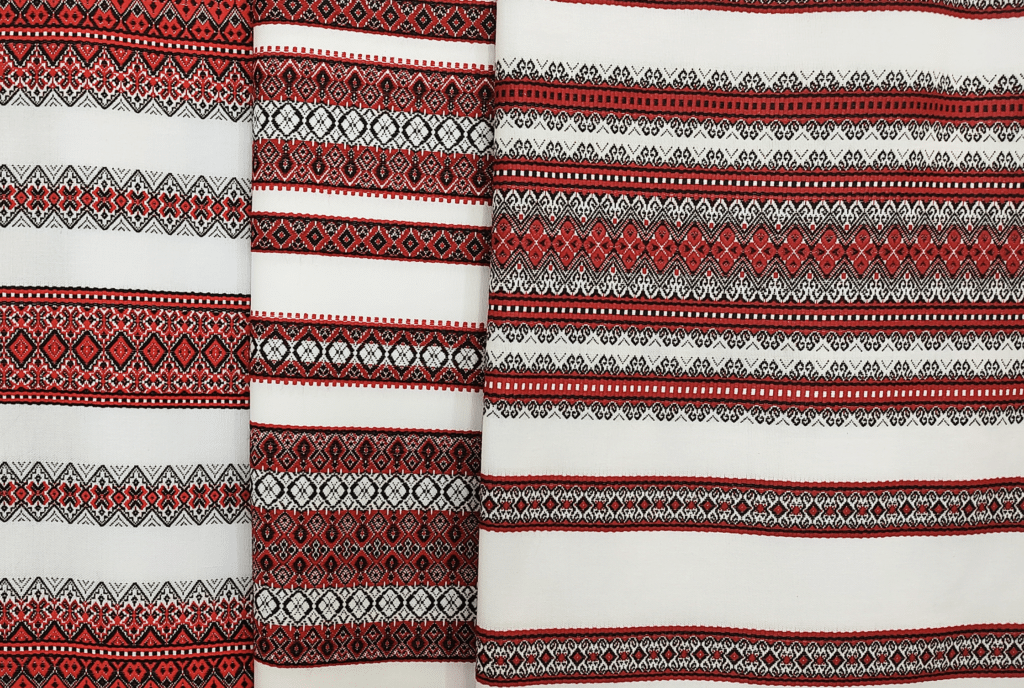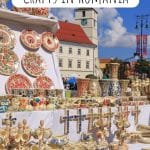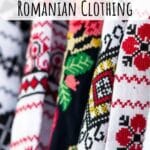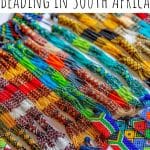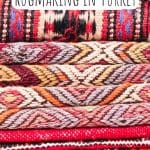A Brief History of Needlework in Ukraine
Needlework in Ukraine has a long and storied history, deeply interwoven with the country’s cultural heritage, artistic expression, and traditions. Ukrainian embroidery, in particular, has gained international recognition for its intricate patterns, vibrant colors, and symbolic meanings. For centuries, Ukrainian needlework has served not only as a form of artistic expression but also as a way of preserving cultural identity. This article delves into the rich history of Ukrainian needlework, from its ancient origins to its role in contemporary culture, highlighting its cultural significance, historical relevance, and places where you can experience it in person today.
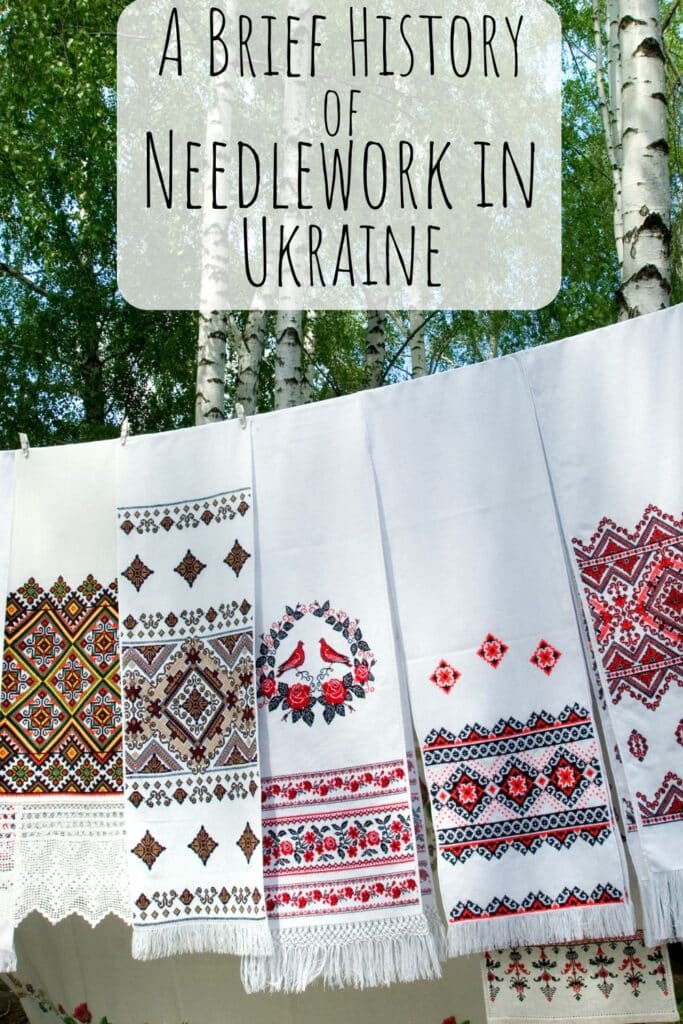
The Origins of Needlework in Ukraine
The art of needlework in Ukraine dates back thousands of years, with evidence of its practice appearing in early archaeological sites. The earliest forms of needlework in Ukraine were likely influenced by neighboring cultures, including the Scythians, the Byzantine Empire, and later the Slavic tribes. These early embroideries were often used to decorate textiles such as garments, home decor, and ceremonial items.
One of the earliest examples of Ukrainian needlework is the tradition of motanka dolls, which were created as protective talismans. These dolls, made from straw and decorated with embroidered clothing, were believed to safeguard the home and family. The motifs and symbols used in these dolls reflect the deep spiritual and agricultural beliefs of early Ukrainian society.
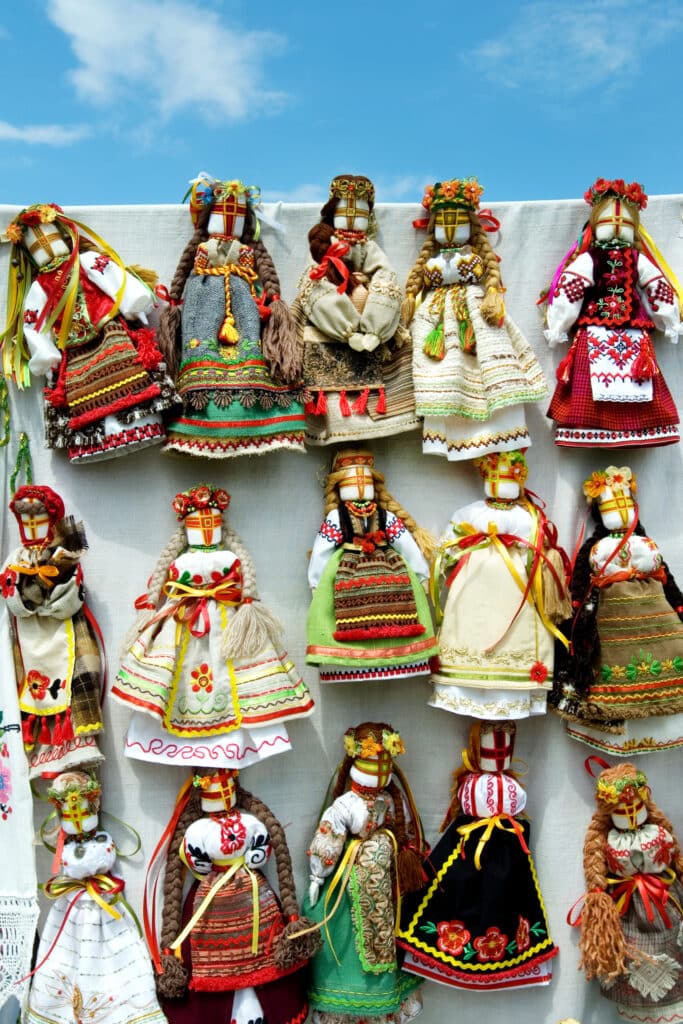
Cultural Significance of Ukrainian Needlework
Ukrainian needlework is more than just a decorative art; it is a vital component of the country’s cultural identity. Embroidery, particularly on traditional garments such as the vyshyvanka (embroidered shirt), is a symbol of national pride and heritage. Each region of Ukraine has its own distinct style of embroidery, with specific patterns, colors, and techniques that reflect local customs, traditions, and beliefs.
In Ukrainian culture, embroidery is often seen as a form of storytelling. The symbols used in needlework are believed to carry specific meanings. For example, geometric patterns are thought to represent the eternal cycle of life, while floral motifs are symbolic of nature’s abundance and fertility. Birds and animals often symbolize protection, while sun motifs are linked to spirituality and the divine.
Embroidery has also played an important role in Ukrainian rituals and ceremonies. Wedding attire, for instance, is often adorned with intricate embroidery to symbolize the couple’s connection to the earth and the spiritual world. Embroidered garments were also worn during significant life events, including births, deaths, and religious celebrations, linking needlework to Ukraine’s social and spiritual life.
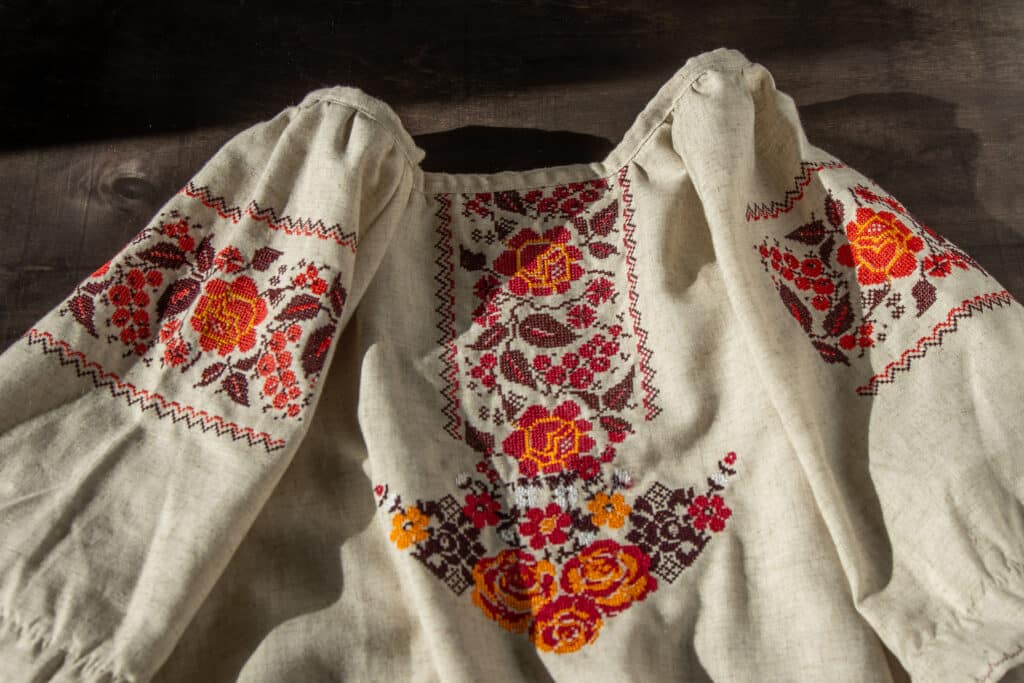
The Influence of Religion and Folklore on Ukrainian Needlework
The introduction of Christianity to Ukraine in the 10th century had a profound impact on the development of needlework in the region. Religious symbols began to emerge in Ukrainian embroidery, especially on garments worn by the clergy and during religious ceremonies. The use of the cross, as well as other Christian symbols like angels and saints, became prominent in Ukrainian needlework.
However, despite the religious influence, Ukrainian embroidery continued to reflect the country’s pagan roots, blending Christian and pre-Christian symbols in a unique fusion of spirituality. This is particularly evident in the symbolic use of colors and motifs. For example, red, which was often associated with the sun in pre-Christian Ukrainian beliefs, continued to play an important role in religious embroidery even after the introduction of Christianity.
Ukrainian folklore also heavily influenced embroidery designs. The use of animals, plants, and mythological creatures in embroidery reflects the country’s rich tradition of storytelling and its close connection to nature. Many patterns found in Ukrainian needlework are inspired by folk tales, legends, and ancient rituals, reinforcing the deep cultural ties between the people and the land.
Traditional Ukrainian Needlework Techniques
Ukrainian needlework is characterized by a variety of techniques, many of which are still practiced today. One of the most well-known techniques is cross-stitch embroidery, which involves stitching a series of X-shaped stitches to create a design. This technique was commonly used to adorn shirts, tablecloths, and other textiles.
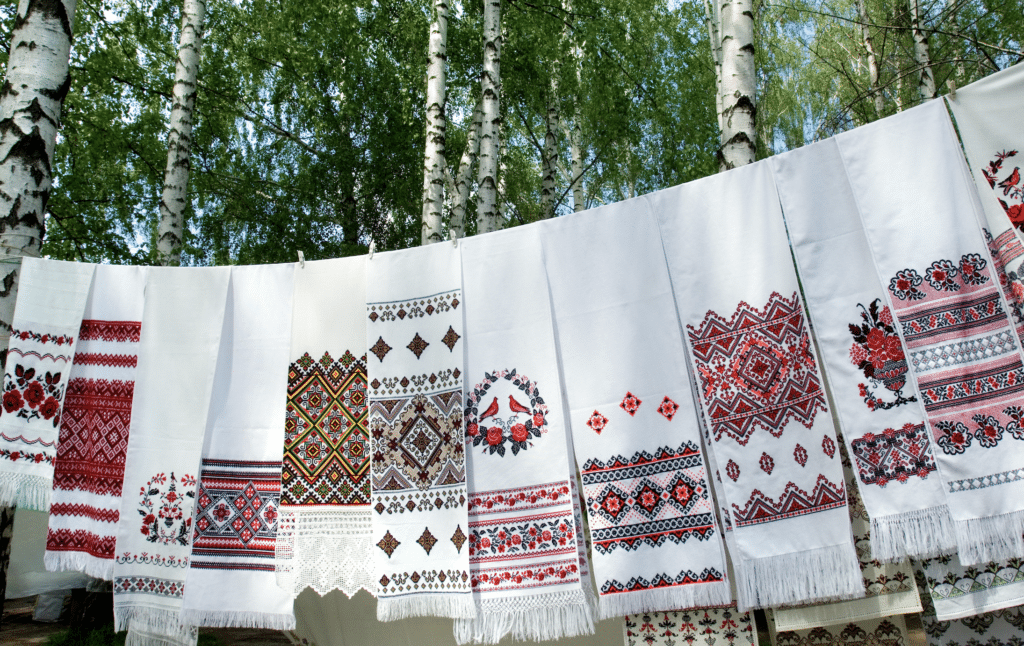
Another significant technique is whitework, where threads of a single color are used to create intricate patterns, often on fine linen. Whitework embroidery is delicate and often used for ceremonial purposes, such as in the creation of wedding garments or church linens.
The technique of appliqué also plays a role in Ukrainian needlework, particularly in the creation of decorative panels, such as those used in traditional wall hangings or icon screens. Appliqué involves sewing fabric pieces onto a base to create an image or pattern, often using a combination of fabric colors and textures.
The Rise of the Vyshyvanka
The vyshyvanka, a traditional Ukrainian embroidered shirt, is perhaps the most iconic representation of Ukrainian needlework. This garment, worn by both men and women, features intricate embroidery, usually along the collar, cuffs, and chest area. The vyshyvanka is not only a piece of clothing but also a symbol of Ukrainian national identity and pride.
The tradition of wearing embroidered garments has been passed down through generations, and the vyshyvanka is still worn today on special occasions, such as national holidays, weddings, and festivals. In recent years, the vyshyvanka has experienced a resurgence, with modern designers incorporating traditional embroidery patterns into contemporary fashion.
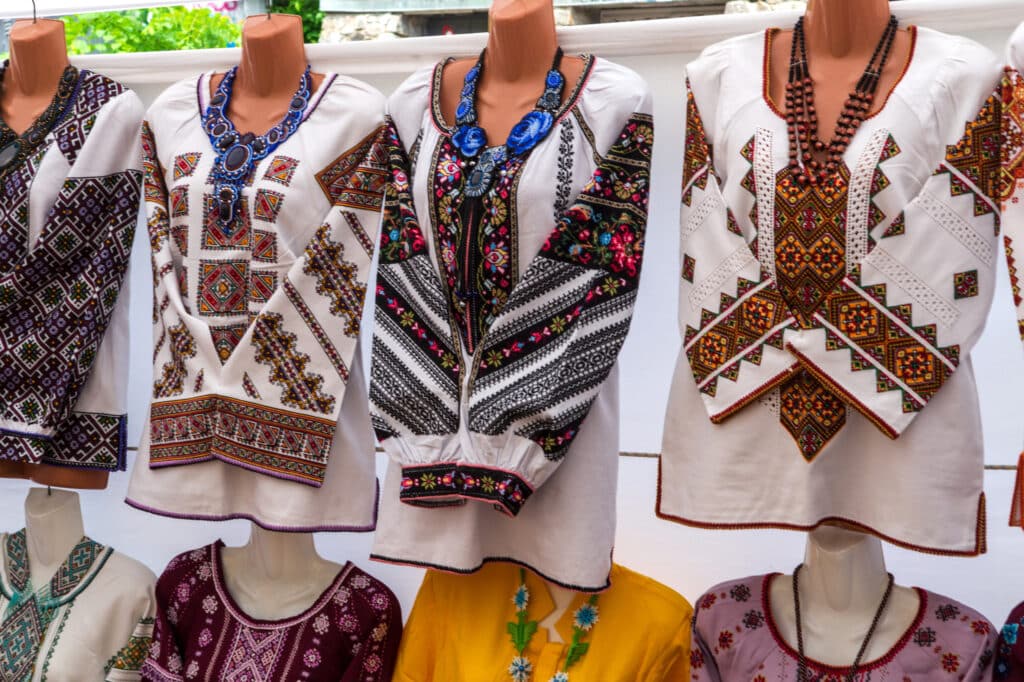
Needlework in Ukrainian Folk Art
In addition to its use in clothing, needlework has been a key component of Ukrainian folk art. Embroidery can be found on household items like tablecloths, bedspreads, and towels, as well as on ceremonial items such as wedding crowns and icons. These items were not only decorative but also served functional purposes, often used during rituals, celebrations, and everyday life.
The development of Ukrainian needlework also includes the creation of embroidered tapestries and wall hangings, which feature elaborate designs and were often used to adorn homes or churches. The colors and patterns used in these works of art were carefully chosen for their symbolic meanings and cultural significance.
Modern Ukrainian Needlework
Today, Ukrainian needlework is experiencing a renaissance, as younger generations rediscover the art form and its cultural significance. Many contemporary Ukrainian designers incorporate traditional embroidery techniques into modern clothing and accessories, blending old and new in innovative ways.
Organizations and festivals dedicated to preserving and promoting Ukrainian needlework have been established, providing platforms for artists and artisans to showcase their work. In addition, many museums and cultural institutions in Ukraine are dedicated to preserving the history of needlework, providing valuable insights into its evolution over the centuries.
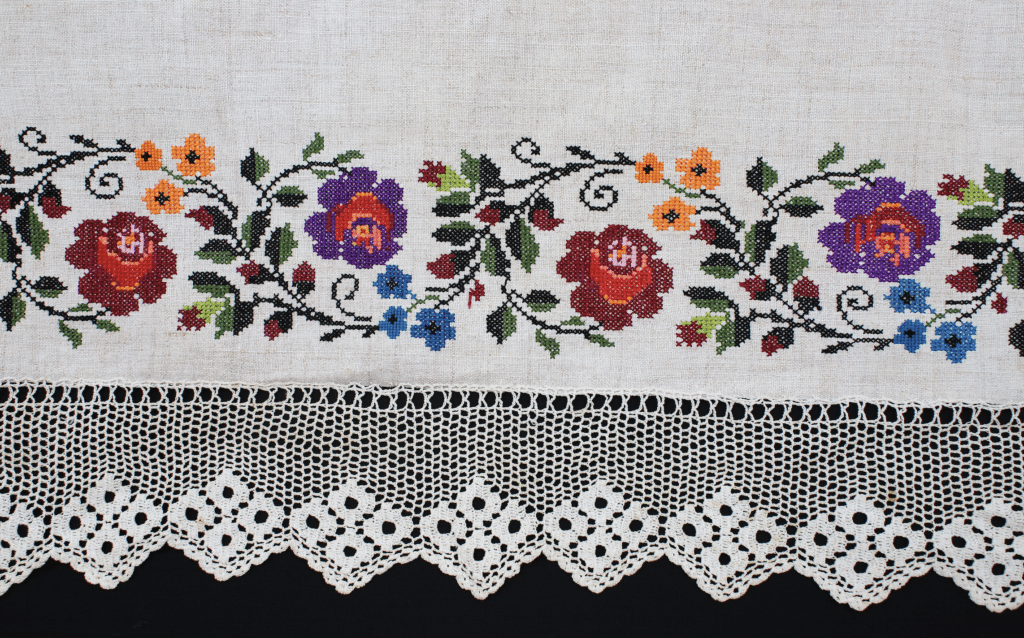
Where to Experience Ukrainian Needlework Today
For those interested in experiencing Ukrainian needlework firsthand, there are several places where you can explore and purchase these traditional pieces:
National Museum of Ukrainian Decorative Folk Art, Kyiv
The National Museum of Ukrainian Decorative Folk Art houses an extensive collection of traditional Ukrainian textiles, including embroidered garments, tapestries, and household items. Visitors can view a wide range of needlework from different regions of Ukraine, showcasing the diversity and cultural richness of Ukrainian embroidery.
Lviv, Ukraine
Lviv is known for its vibrant arts and crafts scene, and it is home to several shops and galleries where you can find traditional Ukrainian needlework. Many artisans in Lviv specialize in hand-embroidered garments and accessories, providing visitors with the opportunity to purchase authentic Ukrainian embroidery.
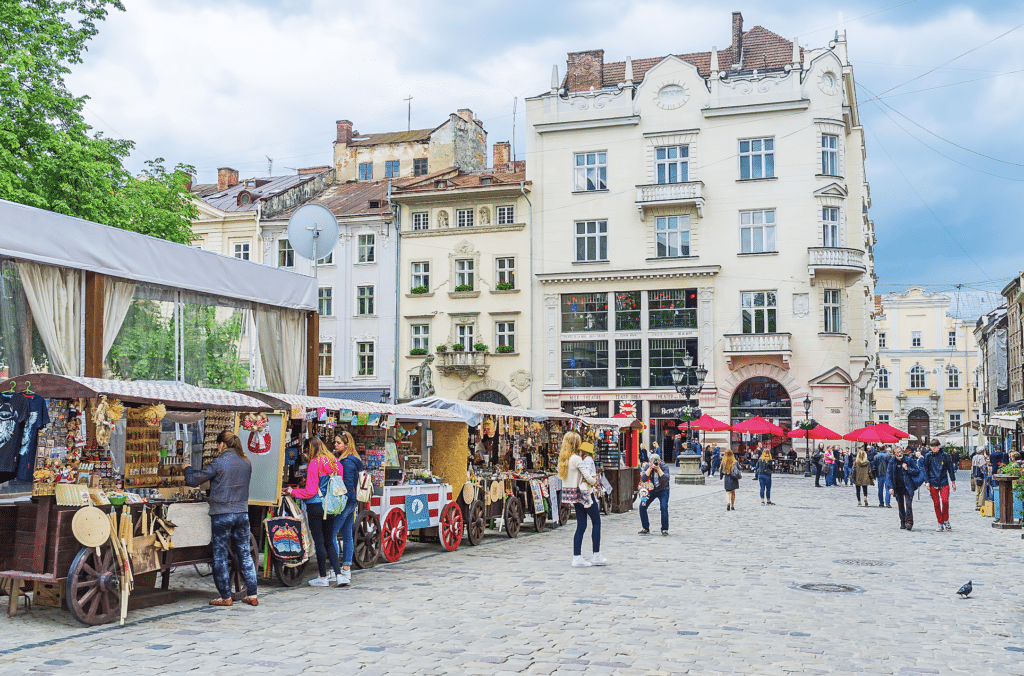
Kyiv Pechersk Lavra, Kyiv
The Kyiv Pechersk Lavra, a UNESCO World Heritage site, is home to numerous religious artifacts, including embroidered garments and religious items. Visitors can explore the museum’s collection of Ukrainian needlework, which showcases the connection between spirituality and embroidery in Ukrainian culture.
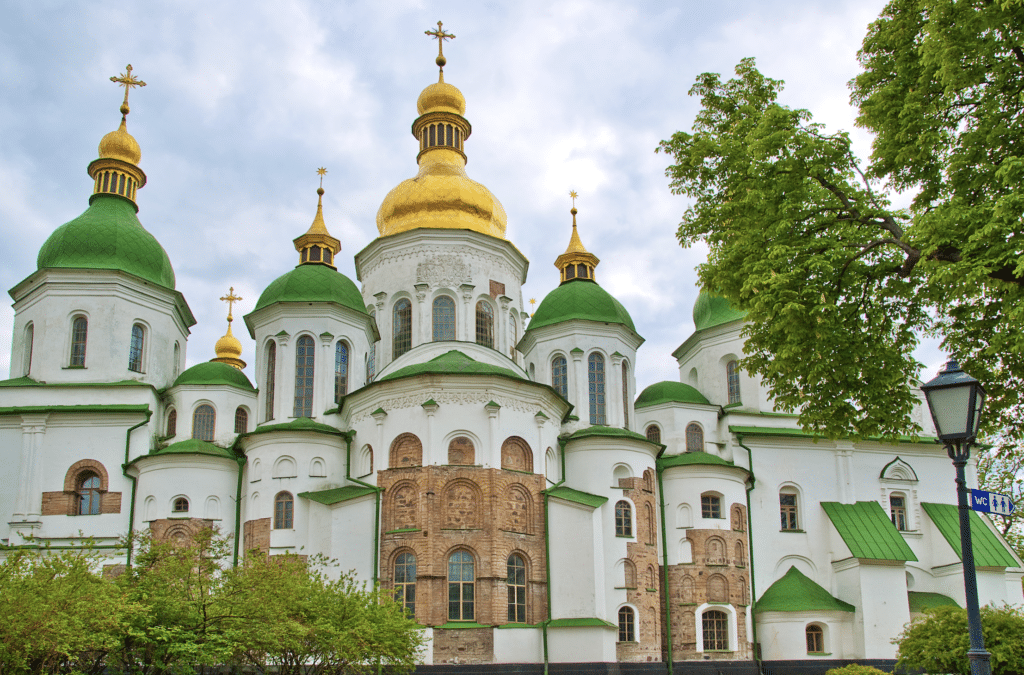
Ukrainian needlework is a vital expression of the country’s cultural heritage, steeped in history, spirituality, and artistic tradition. From its ancient origins to its modern resurgence, Ukrainian embroidery has played a key role in shaping the national identity of Ukraine. Today, Ukrainian needlework continues to be celebrated and preserved, ensuring that future generations can appreciate the beauty and cultural significance of this timeless art form.
